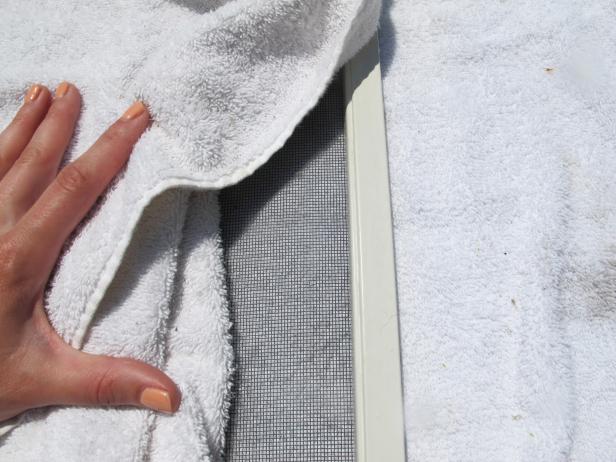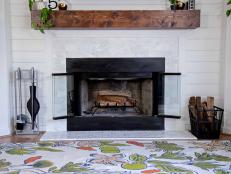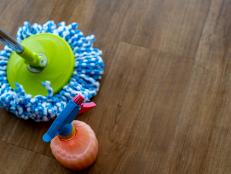How to Clean Window Screens
Cleaning aluminum and fiberglass window screens helps them last longer and makes them easier to see out of from indoors. Get tips for the easiest way to clean window screens.

Keeping your window screens clean doesn't have to be an intensive chore. Try this method at the beginning and end of every season, and you'll be amazed at how transparent they can be. Plus, this method uses materials you probably already own.
What You'll Need
- all-purpose liquid cleaner
- hose
- sponge or microfiber cloth
- towels
- vacuum
- water
Remove Screens
Begin by removing screens from the windows. If you’re removing all of your home’s screens at once, take the time to label the metal frame with marker on a piece of tape for ease of reinstallation.

Vacuum Screens
Lay the screen flat on a towel, and run a handheld vacuum or a vacuum with an extendable attachment over the screen gently to remove loose debris like spider webs, dust and pollen. Flip the screen and clean the other side the same way.

Use Soapy Water to Clean Screens
In the bucket, mix 1/4 cup of liquid all-purpose cleaner with 1/2 gallon of water (Image 1). Lift the screen to an upright position and gently wash over both sides of each screen from top to bottom with a sudsy sponge or microfiber cloth (Image 2-4).
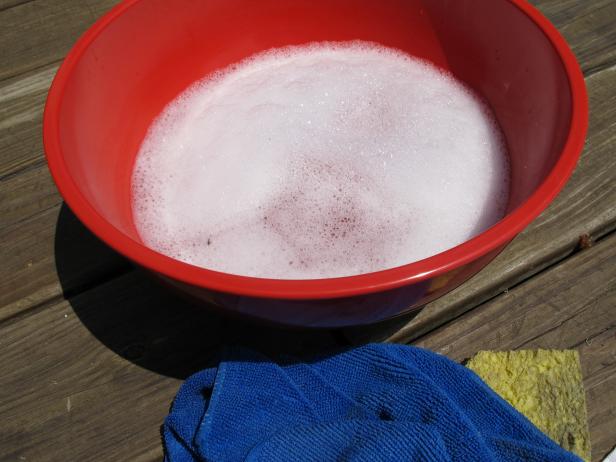
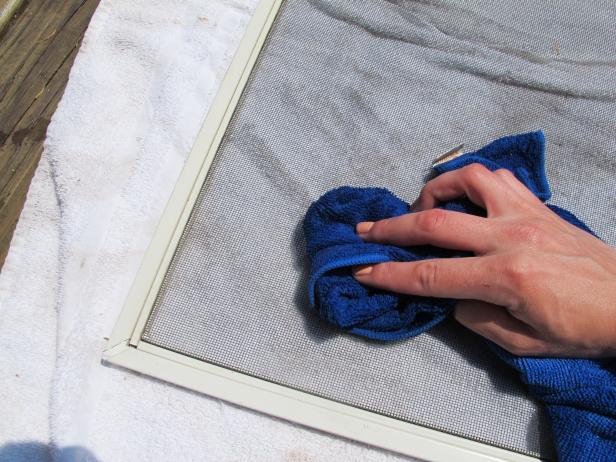


Rinse Screens
Before the soap can begin to dry, turn on the hose to run at a low pressure and rinse the screen clean. If you have a nozzle set to a powerful setting, you risk loosening the screen from the spline (especially with fiberglass screens) rendering the screen saggy or creating gaps between the screen and the frame. If you don’t have a hose, you might consider running the screens through your bathroom shower with the shower head on a gentle setting to rinse them off.

Dry and Reinstall Screens
Use a dry towel to absorb excess water on the screen, and allow the screens to air dry. Once dry, reinstall the screens and enjoy their clean, nearly transparent state. Maintain the screens regularly between soapy cleanings by using an extendable vacuum to remove dust and pollen.
